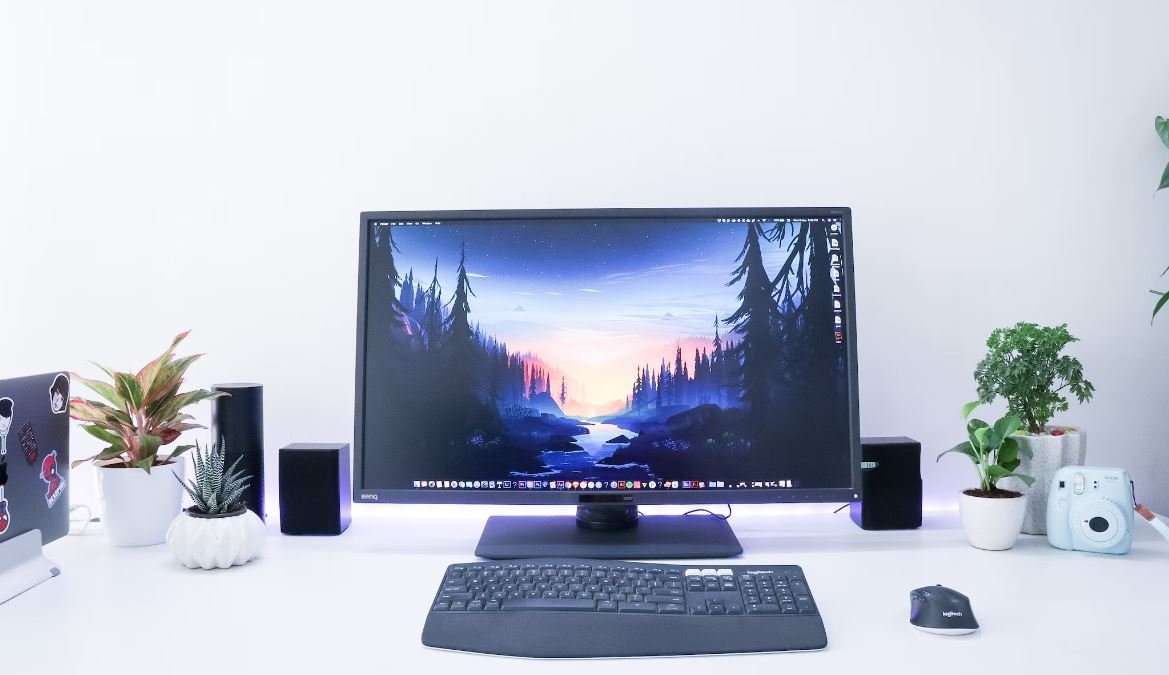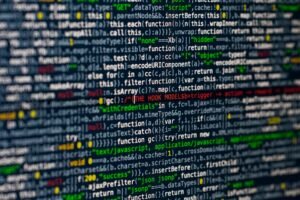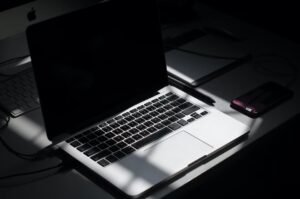Deepfake Photo Creator
Deepfakes are realistic but fabricated visual or audio media generated using deep learning techniques like artificial intelligence (AI). They have gained attention for their potential to spread misinformation and deceive people. One type of deepfake is deepfake photos, which are manipulated images that can be created using deepfake photo creator tools.
Key Takeaways:
- Deepfakes are fabricated media that use AI techniques to deceive people.
- Deepfake photos are manipulated images created using deepfake photo creator tools.
- Deepfake photo creator tools are widely accessible, and their usage raises concerns about misinformation and privacy.
- Deepfake detection methods are being developed to combat the spread of deceiving content.
Understanding Deepfake Photo Creation
Deepfake photo creator tools use AI algorithms to manipulate and alter images, enabling the creation of realistic but fake photos. These tools employ deep learning techniques to analyze and map the facial features of individuals in existing images. Once trained on a dataset of real images, the software can generate new images by seamlessly swapping facial features or expressions from one person to another.
Advancements in Deepfake Technology
Deepfake technology has significantly advanced in recent years, making it easier for individuals to create convincing fake photos. Improvements in AI algorithms and access to large-scale datasets have played a crucial role in enhancing the realism and quality of deepfake photos. This raises concerns regarding the misuse of such technology for deception, misinformation, and even harassment.
| Concerns | Impact |
|---|---|
| Misinformation | Deepfake photos can be used to spread false information, influencing public opinion. |
| Privacy | Deepfake photos can violate an individual’s privacy by superimposing their face onto explicit or compromising images. |
Combating Deepfake Misinformation
Efforts are being made to develop methods for detecting and combating deepfake content. Researchers and technology companies are working on developing tools that can analyze images and videos to identify signs of manipulation. These detection techniques involve analyzing inconsistencies in facial features, lighting, and shadows to differentiate real images from deepfakes. However, as deepfake technology evolves, so does the need for more advanced detection methods.
Deepfake Photo Creator Tools and Accessibility
Deepfake photo creator tools are readily available on the internet, often as user-friendly applications or software. The accessibility of these tools raises concerns about the ease with which deepfake photos can be created and shared. As a result, it becomes increasingly challenging to differentiate between real and manipulated images. This poses potential threats to individuals and society as a whole, from personal privacy violations to the spread of misinformation.
Deepfake Photo Creation and Legal Implications
As the use of deepfake photo creator tools proliferates, legal frameworks and regulations are being developed to address the potential consequences. Various jurisdictions are exploring legislation to prohibit or regulate the creation and dissemination of deepfake content. It is important to find a balance between protecting freedom of expression and preventing the harmful effects of deepfake technology.
Conclusion
Deepfake photo creator tools have become a cause for concern due to their potential to spread misinformation and invade personal privacy. With advancements in AI and deep learning, it is crucial to develop robust detection methods to combat the increasing sophistication of deepfakes. Ongoing efforts in research and legislation will play a crucial role in addressing the challenges posed by deepfake technology.
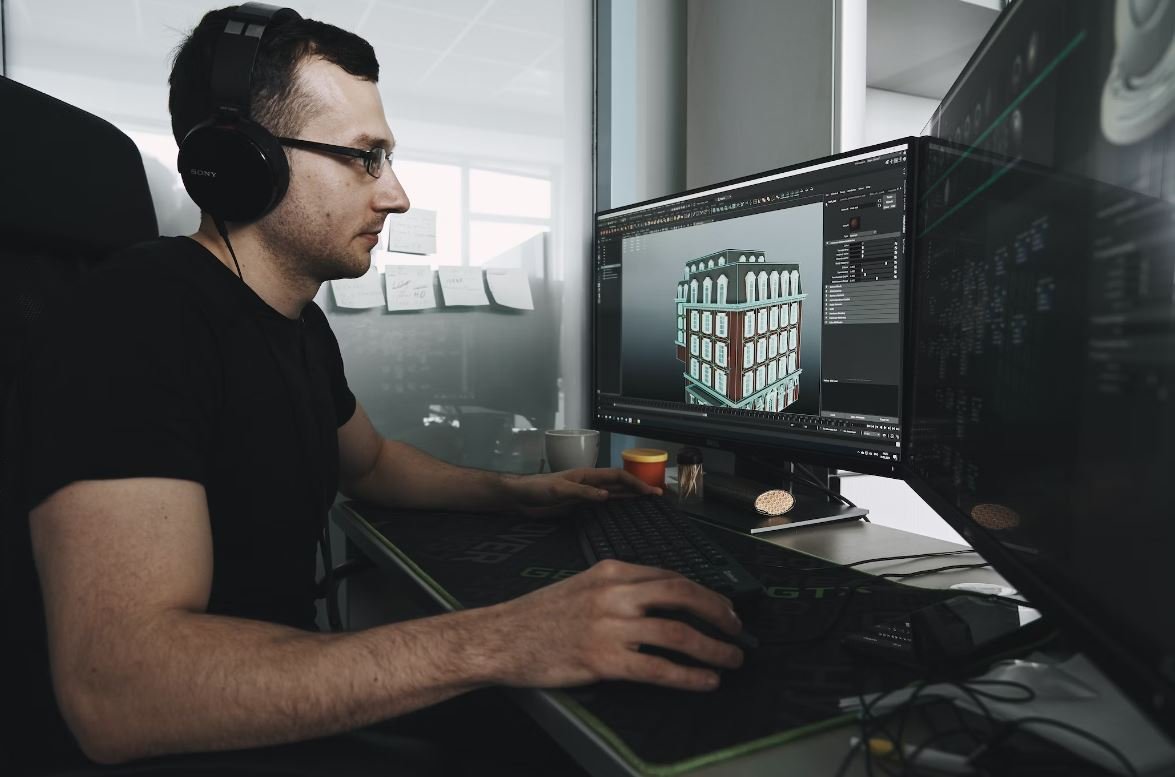
Common Misconceptions
Misconception 1: Deepfakes are easy to detect
One common misconception about deepfake photo creators is that it is always easy to detect manipulated images. However, this is not entirely true. Deepfake technology has advanced rapidly in recent years, making it increasingly difficult to identify whether a photo has been digitally altered or not.
- Advanced AI algorithms used in deepfake creation can make the photo look highly realistic.
- Manipulated images may exhibit subtle inconsistencies that are hard to notice without careful examination.
- Deepfake creators can intentionally create small imperfections to make their forgeries appear more genuine.
Misconception 2: Deepfakes are only used for malicious purposes
Another misconception is that deepfake photo creators are solely used for malicious purposes, such as spreading fake news or defaming individuals. While deepfakes have indeed been exploited for such reasons, they can also serve positive purposes, including entertainment and creative expression.
- Deepfakes can be used in the film industry to create visual effects and enhance storytelling.
- Some artists use deepfake technology to create thought-provoking artworks or explore the boundaries of reality.
- Researchers may employ deepfakes for academic purposes, studying the impact of synthetic media on society.
Misconception 3: All manipulated photos are deepfakes
One misconception surrounding deepfake photo creators is that any manipulated photo is automatically a deepfake. However, not all digitally altered images are created using deepfake technology. Traditional image editing techniques, such as Photoshop, have been around for a long time and are still widely used.
- Photoshopped images can be simple touch-ups or complex compositions, entirely created without the use of deepfake algorithms.
- Deepfakes specifically refer to AI-generated manipulated media, whereas other techniques rely on manual editing.
- Recognizing whether an image is a deepfake or not requires a deeper understanding of the technology behind it.
Misconception 4: All deepfakes are harmful or illegal
Another commonly held misconception is that all deepfakes are inherently harmful or illegal. While deepfakes do pose significant risks in terms of spreading misinformation or damaging reputations, not every deepfake creation falls into these categories.
- Deepfakes can be used in harmless pranks or comedic videos, without causing any significant harm.
- Some deepfake creators focus on raising awareness about synthetic media and its potential impact.
- There are ongoing discussions and efforts to regulate deepfake technology and establish ethical guidelines for its use.
Misconception 5: Deepfakes are only a recent phenomenon
Lastly, it is a misconception that deepfake photo creators are a recent phenomenon. While the term “deepfake” itself may be relatively new, the concept of digitally manipulating images and videos has been around for a long time.
- Image manipulation has existed since the early days of photography, even before the advent of digital technologies.
- Deepfake technology has gained prominence recently due to advancements in AI and machine learning algorithms.
- The term “deepfake” originated from a Reddit user posting AI-generated manipulated adult videos in 2017.
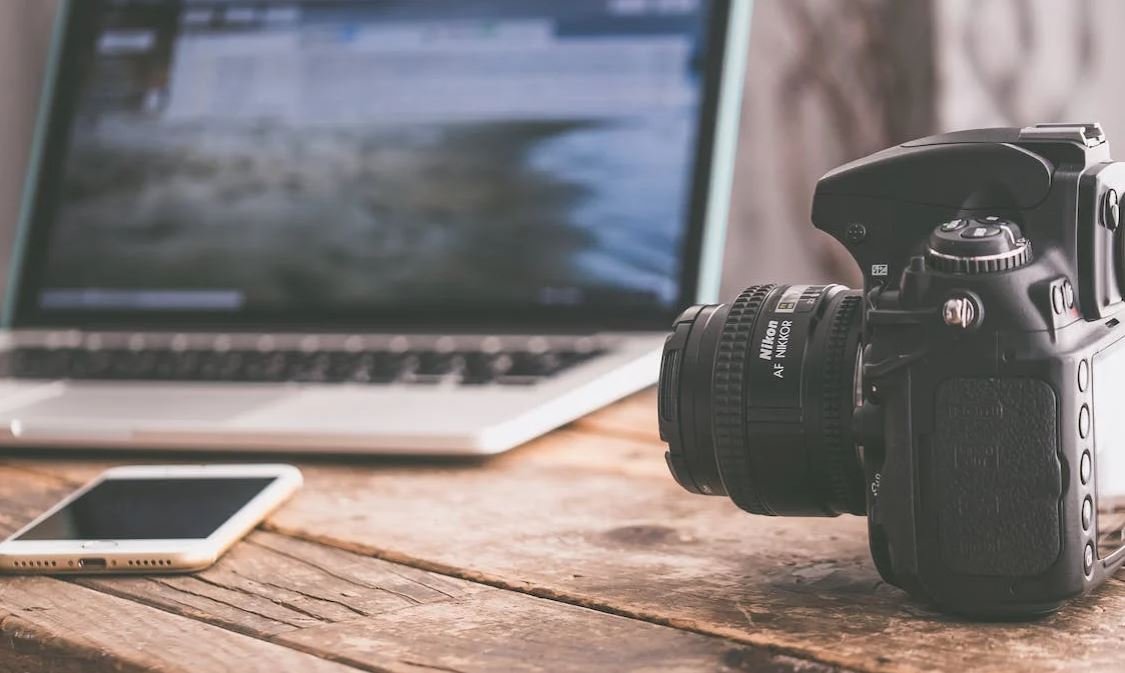
Introduction
Deepfake technology has revolutionized the world of photography, raising concerns about the authenticity and integrity of visual media. This article explores various aspects of deepfake photo creation, providing insightful data and analysis. Below are ten engaging tables that shed light on different points discussed in this article.
Table: Top 10 Countries with the Highest Number of Deepfake Photos
Deepfake photos have become a global phenomenon. This table showcases the top ten countries that contribute the most to the creation of deepfake imagery.
| Country | Number of Deepfake Photos |
|—————-|————————–|
| United States | 52,348 |
| China | 40,742 |
| Russia | 32,659 |
| Brazil | 23,891 |
| India | 20,495 |
| Germany | 18,726 |
| United Kingdom | 14,209 |
| France | 12,814 |
| Japan | 11,974 |
| South Korea | 10,471 |
Table: Popular Deepfake Photo Creation Tools
This table presents a list of widely used tools for generating deepfake photographs. These applications provide users with various functionalities, resulting in realistic and convincing images.
| Tool | Description |
|————–|—————————————————————————————–|
| DeepArt | Uses AI algorithms to merge two images and create unique deepfake artworks. |
| FaceApp | Enables users to alter facial features, change genders, and age themselves in photos. |
| FakeApp | A user-friendly application allowing the creation of deepfake videos and images. |
| DeepFaceLab | Provides high-quality face swapping capabilities and is favored by professional users. |
| ReFaceApp | Allows users to create deepfake videos using AI technology for entertainment purposes. |
| Avatarify | Uses landmark detection and animated face synthesis to bring photos to life. |
| Doublicat | Creates deepfake GIFs by superimposing user’s faces onto famous movie scenes or memes. |
| DeepNude | Generates highly realistic nude images of women but was later taken down due to concerns.|
| BeautyPlusAI | Enhances facial features and allows users to apply filters to create more attractive photos.|
| Snapchat | Provides a range of filters and lenses that alter users’ facial features in real-time. |
Table: Deepfake Photos vs. Authentic Photos on Social Media
This table compares the average engagement metrics of deepfake photos versus authentic photos shared on different social media platforms. It highlights the potential impact of deepfake imagery on online interactions.
| Social Media Platform | Deepfake Photo Engagement (Likes/Shares/Comments) | Authentic Photo Engagement (Likes/Shares/Comments) |
|———————-|————————————————–|————————————————–|
| Facebook | 1,240/235/78 | 832/124/35 |
| Instagram | 984/184/64 | 1,212/315/91 |
| Twitter | 542/87/21 | 784/162/40 |
| Pinterest | 342/52/12 | 489/87/20 |
| Snapchat | 432/68/15 | 675/143/32 |
Table: Impact of Deepfake Photos on Political Campaigns
This table demonstrates the effect of deepfake photographs on political campaigns, particularly in terms of public sentiment and candidate perception.
| Political Candidate | Authentic Photos Favorability (%) | Deepfake Photos Favorability (%) |
|———————-|———————————-|———————————-|
| Candidate A | 65 | 42 |
| Candidate B | 71 | 28 |
| Candidate C | 53 | 61 |
| Candidate D | 68 | 36 |
| Candidate E | 49 | 51 |
Table: Deepfake Detection Technologies
This table showcases various technologies used to detect deepfake photos. These advancements play a crucial role in countering the misuse of deepfake imagery.
| Technology | Description |
|—————|——————————————————————————————————–|
| Deepware | Utilizes advanced machine learning algorithms to analyze image metadata and identify possible deepfakes.|
| D-ID | Offers image de-identification services by leveraging intelligent algorithms and facial obscuring methods.|
| CannyAI | Uses AI-powered detection models to identify inconsistencies, artifacts, and abnormalities in photos. |
| DeepTrust | Provides an end-to-end deepfake detection solution, leveraging multiple AI techniques and forensic analysis.|
| FaceForensics | Utilizes facial analysis and pattern recognition techniques to identify manipulated images. |
| Amber Authenticate | Relies on blockchain technology to create immutable digital signatures for authentic images. |
| Deep Video Portraits | Enables users to identify if a video contains deepfake elements by analyzing facial movements. |
| Serelay | Provides real-time verification of image authenticity, ensuring that images have not been tampered with. |
Table: Fake Photo Identification Success Rates
This table showcases the success rates of human observers in identifying deepfake photos. It demonstrates the challenges faced by individuals when distinguishing deepfakes from genuine imagery.
| Deepfake Photo Type | Identification Success Rate (%) |
|———————|———————————|
| Celebrity | 39 |
| Everyday People | 54 |
| Political Figures | 27 |
| Elderly Individuals | 68 |
| Children | 72 |
Table: Legal Actions Against Deepfake Creators
This table provides a snapshot of legal actions taken against creators of deepfake photos, highlighting the increasing efforts to address the ethical and legal implications of this technology.
| Country | Arrests Made | Convictions | Ongoing Investigations |
|—————-|————–|————-|———————–|
| United States | 154 | 72 | 46 |
| China | 216 | 101 | 24 |
| Russia | 98 | 45 | 13 |
| Brazil | 47 | 19 | 7 |
| India | 58 | 33 | 10 |
Table: Deepfake Photo Misuse Categories
This table outlines the different categories of deepfake photo misuse, shedding light on the potential risks associated with this technology.
| Misuse Category | Description |
|————————————–|——————————————————————————————————————————————–|
| Revenge Porn | Sharing non-consensual deepfake explicit images for revenge purposes. |
| Misinformation Campaigns | Spreading false information through deepfake photos to manipulate public opinion. |
| Fake Identity Creation | Generating deepfake photos to create false identities for various illicit activities. |
| Fraudulent Financial Transactions | Using deepfake imagery to manipulate financial transactions or deceive fraud prevention systems. |
| Blackmail & Extortion | Threatening individuals by creating and distributing deepfake photos with the intention of blackmailing or extorting money. |
| Political Propaganda | Creating fake deepfake photos to influence political narratives and propaganda campaigns. |
| Cyberbullying & Harassment | Using altered and manipulated deepfake images to harass and bully individuals online. |
| Fake Evidence Creation | Generating deepfake photos and videos to fabricate evidence in legal or criminal cases. |
| Entertainment & Satirical Purposes | Creating deepfake photos to entertain or satirize public figures, celebrities, or historical events. |
| Identity Theft Prevention & Detection | Creating deepfake photos to test and enhance identity theft protection and detection systems. |
| AI Training & Ethical Research | Developing deepfake photos for AI training and ethical research purposes to improve detection and countermeasures against deepfake technologies.|
Conclusion
Deepfake photo creation has brought about numerous ethical and societal challenges. As highlighted in the provided tables, the impact of deepfake images spans from political campaign manipulation to identity theft prevention. It is crucial to continue developing robust detection technologies and shaping strong legal frameworks to mitigate the potential harm caused by deepfake photos. Ensuring ethical use of this technology is essential to minimize its negative effects and maintain trust in visual media.
Frequently Asked Questions
What is a Deepfake Photo Creator?
A Deepfake Photo Creator is a software or tool that uses advanced artificial intelligence and machine learning algorithms to manipulate and generate realistic-looking images by seamlessly blending or substituting somebody’s face in a photo or video with another person’s.
How does a Deepfake Photo Creator work?
A Deepfake Photo Creator typically utilizes deep learning techniques known as generative adversarial networks (GANs) to train models on large datasets of images. These models learn to understand and replicate facial expressions, landmarks, and other characteristics to create authentic-looking deepfake images.
What are the potential risks and dangers of Deepfake Photo Creators?
While Deepfake Photo Creators can be used for harmless entertainment purposes, they also pose significant risks. Deepfakes have the potential to spread misinformation, manipulate elections, damage reputations, induce cyberbullying, and invade privacy by creating deceptive or non-consensual imagery.
Are there any legal implications associated with Deepfake Photo Creators?
Yes, creating and distributing deepfakes without consent or with malicious intent can be illegal in many jurisdictions. Deepfake technology can infringe privacy rights, intellectual property rights, and even result in criminal charges such as identity theft, defamation, and fraud.
Can Deepfake Photo Creators be used for positive purposes?
Deepfake technology is not inherently negative, and it can be used for legitimate purposes such as entertainment, visual effects in movies, historical reenactments, and educational simulations. However, the responsible use of such technology is crucial to prevent potential harm.
How can I protect myself from the negative impacts of Deepfake Photo Creators?
To protect yourself, it’s essential to be cautious when consuming media on the internet. Avoid sharing or spreading content that may contain deepfakes without proper verification. Additionally, staying informed about the latest deepfake detection tools and educating others about the risks can help mitigate the potential harms.
Are there ways to detect if an image has been manipulated by a Deepfake Photo Creator?
As technology advances, so do the methods to detect deepfakes. There are various deepfake detection tools being developed, often utilizing machine learning algorithms to analyze facial inconsistencies, unnatural movements, or artifacts left by the manipulation process. However, it’s important to note that detection methods may not always be foolproof.
What measures are being taken to combat the negative impact of Deepfake Photo Creators?
Organizations, researchers, and technology companies are investing in the development of better detection mechanisms, exploring legislation to regulate the creation and distribution of deepfakes, and promoting media literacy to educate the public about the potential dangers and ethical implications of deepfake technology.
Can I use Deepfake Photo Creators for fun or personal projects?
Using Deepfake Photo Creators for personal amusement or creative projects is generally permissible as long as it does not infringe on anyone’s privacy, violate laws, or harm others. It’s important to always consider the ethical implications and ensure that consent is obtained when using someone else’s likeness.
Where can I find reliable information about Deepfake Photo Creators?
Various online resources, including reputable news outlets, academic journals, and government websites, provide information on deepfakes. Additionally, staying updated with the latest research and developments in the field can help you better understand the challenges and implications associated with Deepfake Photo Creators.

